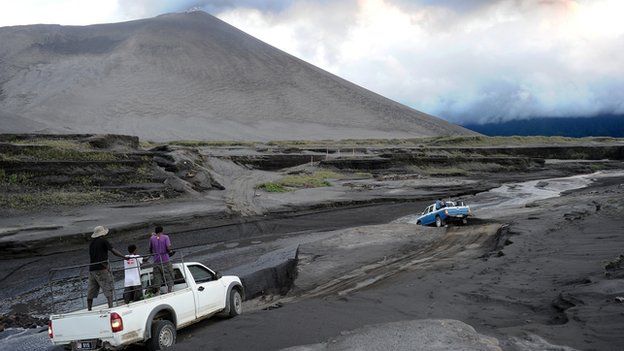Fragment of ancient Australia found under Vanuatu
- Published

A fragment of ancient Australia has been found under Vanuatu in the South Pacific, raising questions about how continents are formed, researchers say.
Experts had believed that the volcanic islands, east of Australia, were isolated from continental influence.
But a team from James Cook University says it has found tiny zircon crystals of the same age in rocks on Vanuatu and in northern Australia.
Researcher Carl Spandler said the crystals "shouldn't be there".
The tiny crystals were carried in volcanic magma, the Australian Associated Press reported, and by using the latest radiometric techniques they were dated at up to three billion years old.
Mr Spandler said that the presence of the zircon had major implications for how scientists understand how continents are made.
"There is nothing else like it in the south-west Pacific," he said.
"Just because island chains or land masses may be far removed from each other today, doesn't mean that they always were. This calls for a rethink of how we calculate the rates and processes of generating new crust on Earth."
The piece of Australian crust now under Vanuatu is believed to have separated from the mainland prior to the Cenozoic Era - about 100 million years ago.
- Published27 October 2023